How to collect zinnia (zinnia) seeds?
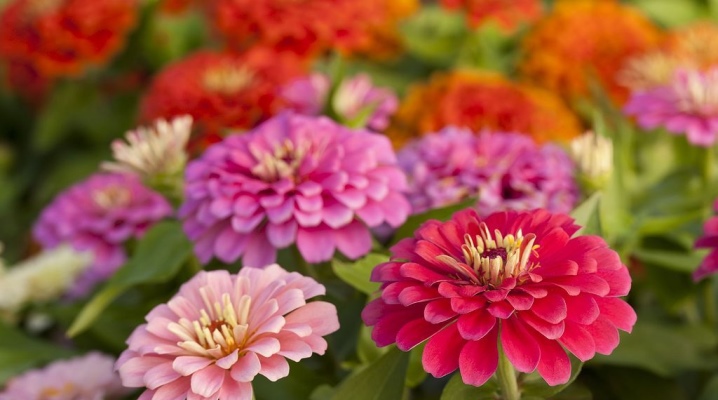
Every florist dreams of a beautiful garden with attractive, sleek and colorful flowers. So, zinnias are popular, but the problem is that this is an annual crop, and therefore you have to buy seeds every year. To save money and be confident in the prospects for planting material, you can try to collect the seeds yourself and germinate them at home. How to harvest zinnia seeds correctly?
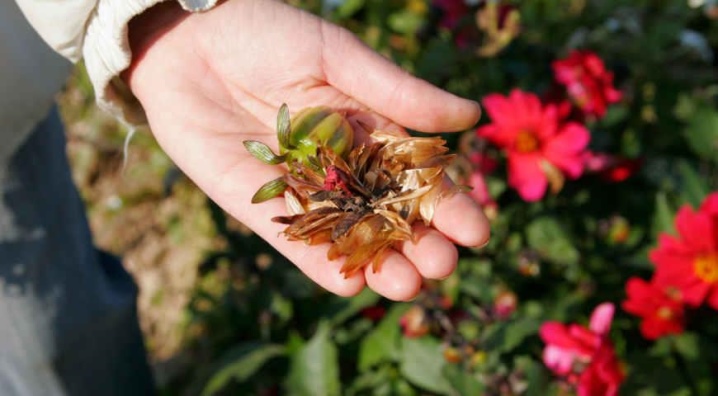
What does the seed look like?
To take a close look at the appearance of the seeds, you can place them on a white sheet of paper. Then it will become noticeable that the planting material of the presented culture is of three types.
Flat shields. Such grains are brown in color, flattened in shape, and have a groove at the top. These seeds are used for the cultivation of ordinary, non-double varieties, even if they were removed from the double inflorescence.
Lance-shaped seeds. This species has a darker shade and looks like an elongated granule, tapering towards the base. This type of seed is characterized by poor germination, but if the gardener manages to germinate a spear-shaped form, then double and semi-double flowers will appear in his garden.
Elongated seeds with a shoot. The presented grains have a gray color and an elongated shape, at the end you can see an awl-shaped tail. Usually this variety is located on the extreme rows, and therefore it is not a problem to separate it from other species. This planting material is intended for growing double flowers with full heads.
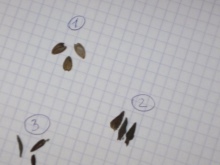
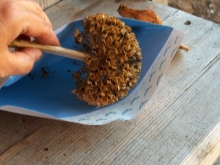
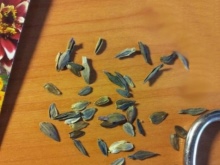
If you take the time and quickly sort out dry seeds, then in the summer you can plant separately non-double, semi-double and double flower varieties. Don't worry if most seeds look like flat shields.
Yes, they will make simple non-double flowers with ordinary baskets, however, even this type of culture looks very aesthetically pleasing when grown, especially if such flowers are planted in a large area.
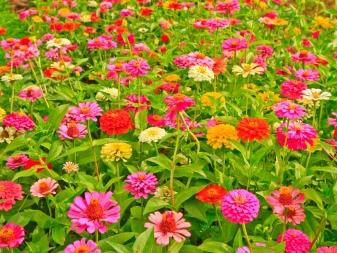
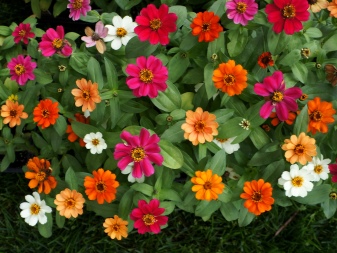
Collection time
Within two months after flowering, the seeds are formed and become full-fledged for germination. It is recommended to use the first formed flowers for this purpose. Experienced flower growers designate the specimens that they like more than others during the blooming of the buds. For example, sticks can be placed near such shrubs or strings can be tied around the heads.
It is very important to have time to collect planting material before the first autumn frosts, since this culture cannot stand the cold. If in the region where the plant is grown, the first frosts are possible already in mid-September, then, probably, the first flowers you like should bloom no later than mid-summer. Another important point when collecting: it is advisable to do this in dry and clear weather during the daytime, since in the fall in the mornings and evenings the flower bed is covered with dew, and excessive humidity can complicate the collection process.
If it rained for several days in a row before picking, it is recommended to wait 3-4 days until the buds are thoroughly dry.
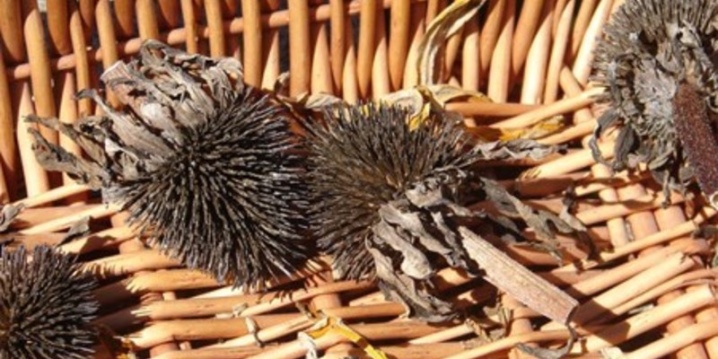
What colors can you take from?
For collection, seeds formed on flowers in the correct shape with brightly colored petals are suitable. When looking for suitable material for future planting, choose plants with a thick stem and a well-developed head.It is better not to use undersized specimens to catch grains, usually their seeds are of poor quality and poor germination.
To obtain an effective promising planting material, you should initially plant samples with light colors separately from bright ones. The fact is that, for example, flowers with white and yellow petals grown next to crimson and red buds can become dusty. The result of such a neighborhood will be a plant with light flowers and red specks. From the seeds for next year, buds of a completely different color will be formed.
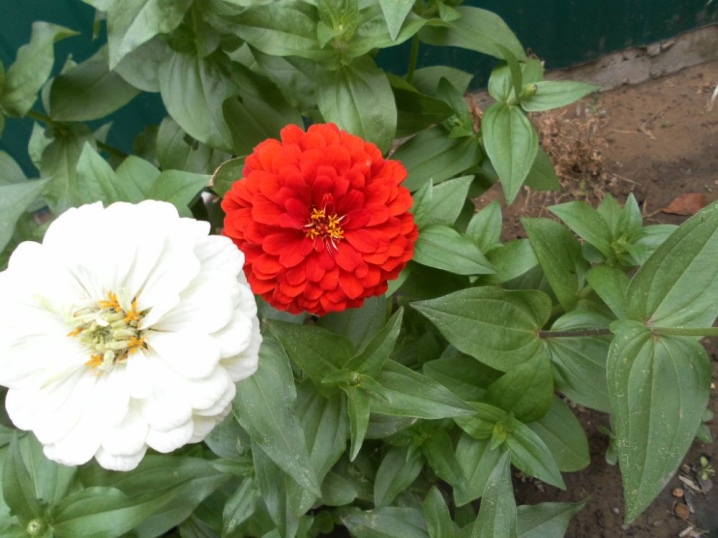
How to collect correctly?
Before collection, it is required to prepare all the necessary equipment. For the procedure you will need:
dry container where the seeds will be placed;
clean dry sheet of paper;
paper bag for storage;
marker for marks on the envelope;
scissors.
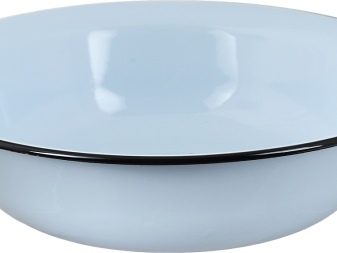



The collection procedure is as follows.
Take a close look at how well the previously marked flowers are dry for collecting seeds. If the head has darkened, the stem is covered with a brownish tint, and the middle has acquired the structure of a stiff brush, then this specimen is ready to collect planting material.
Gently remove the hard center from the flower with your hands and place it in a container. Do this with all the marked flowers. Scissors can be used, although most gardeners find it easier to work with their hands.
Once the centers are collected, shake them out onto a white sheet of paper and sort through. For germination, more elongated varieties of seeds are suitable. Large seeds sprout the fastest; already on the third day, the first shoots can hatch from them.
Place the sorted specimens in separate containers and sign each species, as well as the date of collection of the semen.
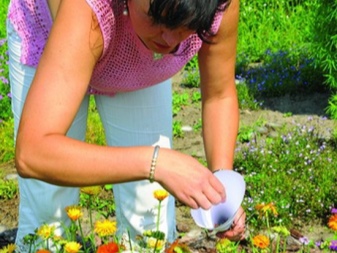
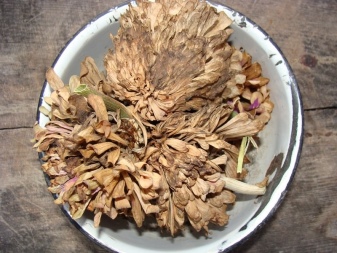
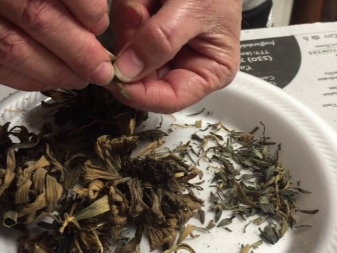
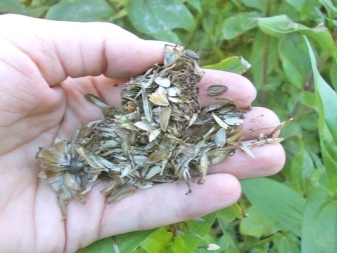
As already mentioned, seeds that form in the buds that bloom first give almost guaranteed germination. They should be taken in the first place. If the collection is scheduled for a cloudy rainy day, then the flowers are cut along with the stems and sent for storage.
Further storage
In case of collection in wet weather, decide in advance where the seeds will be sent for storage - this should be a warm room, where the planting material can dry thoroughly and not become a victim of putrefactive processes. When the wet flowers are cut with the stem, they are bundled, tied and hung. As soon as the bushes are well dry, the seeds are taken out of the boxes and poured onto white paper.
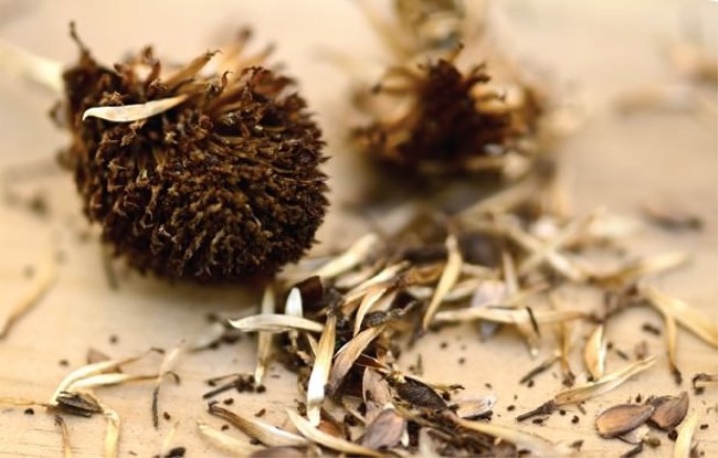
Failure to comply with the storage rules can lead to the fact that the seeds collected with such zeal will lose their germination. Sometimes, due to negligence in storage conditions, diseased and weak plants are obtained from the planting material. In this regard, it is important to follow several rules.
First of all, keep in mind that it is forbidden to store grain in a plastic bag, otherwise it will provoke the formation of rot, which will make the planting material incapable of germination. For storage, paper bags, envelopes, cotton bags, or even regular napkins are more suitable. Place a paper container with dry seeds in a cool, dark place.
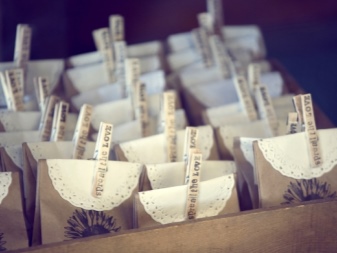
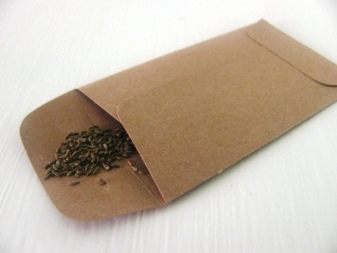

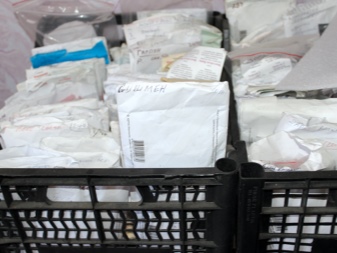
Some gardeners use the lower shelf of the refrigerator as storage, but in this case it is worthwhile to ensure that there is no sudden temperature drop. Often a bedside table is used for storage on an insulated loggia. During storage, it is important to observe the seeds, timely get rid of the specimens affected by the fungus, and change the storage conditions in time in such a situation.
While waiting for sowing, seeds can be stored for 3-4 years. Every year, the inoculum is sorted out and unsuitable for planting samples are disposed of.
Collecting and storing zinnia seeds is a simple, albeit somewhat painstaking process, requiring perseverance and care.With enough effort for this, the florist will be the owner of bright, attractive, lush flowers grown independently from seeds.
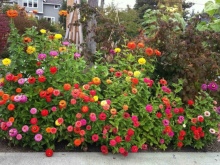
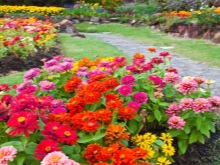
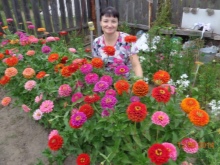
For information on how to collect zinnia seeds, see the next video.



































































































The comment was sent successfully.